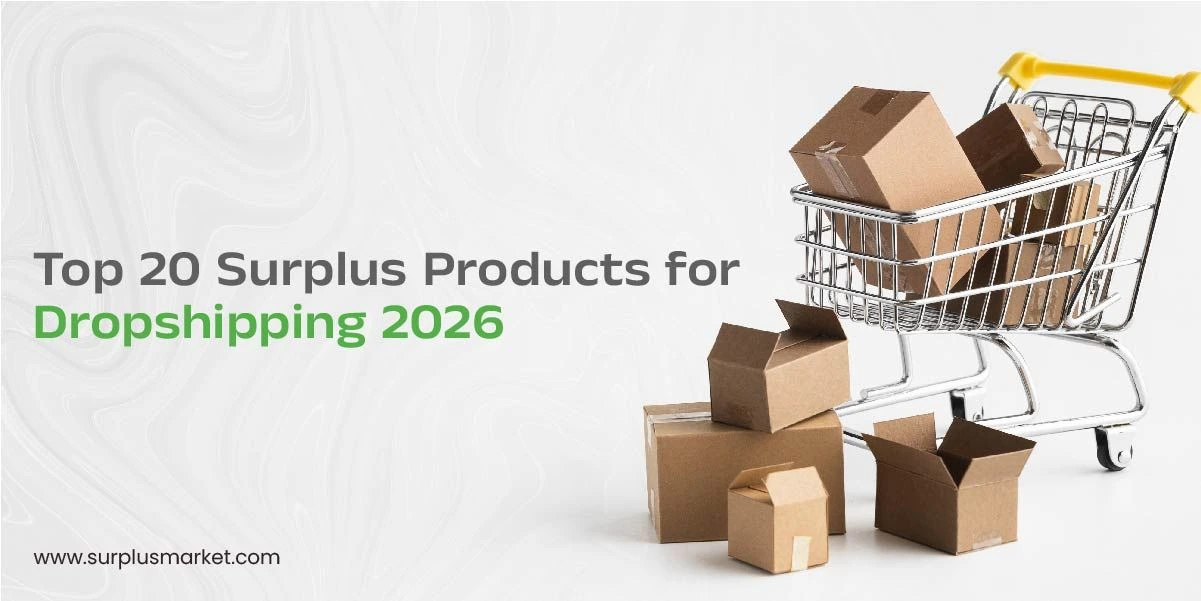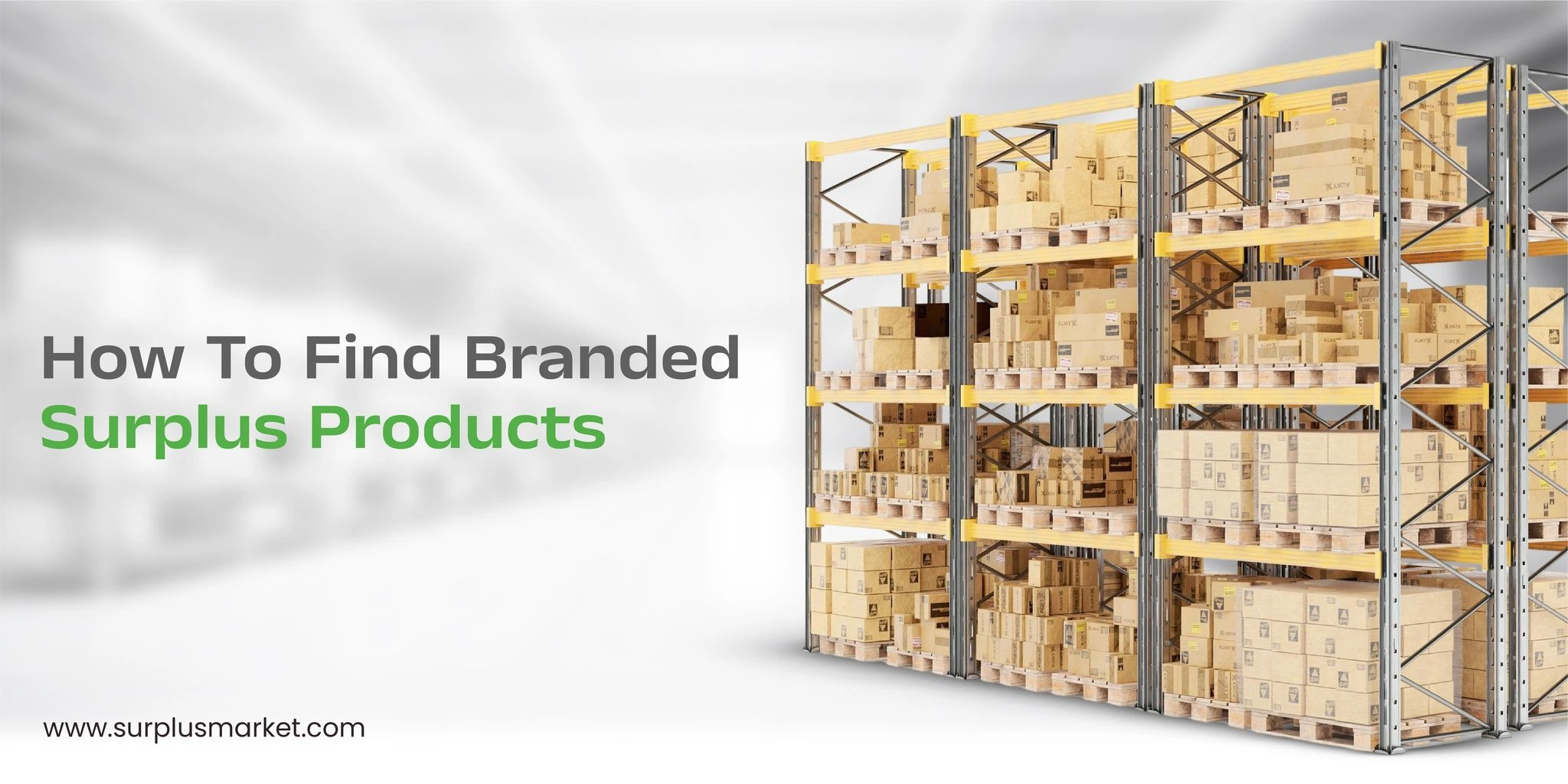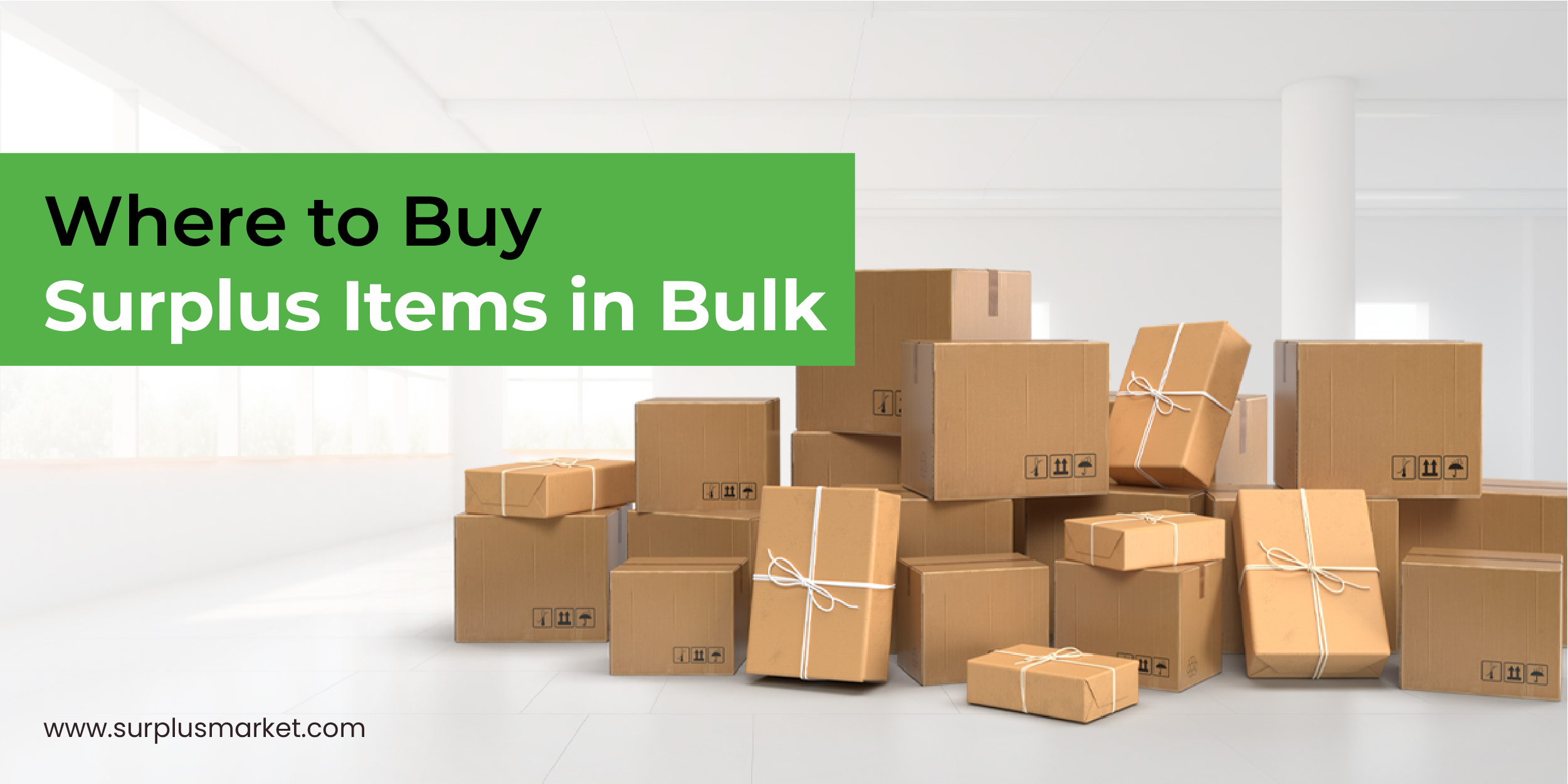How Do You Evaluate a Supplier? 6 Key Supplier Evaluation Methods
For building a stable and efficient supply chain, selecting the right supplier is crucial. If you choose a well performing supplier, you will get the exact support you need on meeting production and quality goals, improving delivery timelines and strengthening business operations. Poor choices, on the other hand, create risks and delays. As such, the question becomes critical: How do you evaluate a supplier? Is there any cheat sheet for that? The answer is yes, there are six practical approaches used across industries.
By applying structured methods, it is possible to reduce the risk for businesses, improve consistency and build reliable supplier relationships. So, the necessary part is to understand supplier evolution, the process and methods, to bring clarity and confidence to procurement decisions.
What is Supplier Evaluation?
Supplier evaluation, primarily refers to a systematic review of a vendor’s ability to meet expectations. With this process, you can verify whether the supplier delivers quality, maintains timelines, complies with regulations and supports long term needs of your business. Here, the goal is to create a stronger supplier base filled with partners who deliver constant value. If your business is seeking connections with verified and active surplus inventory buyers, you can explore listings on Surplus Market.
What is Supplier Evaluation Procedure?
The supplier evaluation procedure involves a set of structured steps that assist businesses to assess suppliers based on vendor technical evaluation criteria.
The steps are:
1. Defining key supplier evaluation criteria
2. Gathering company data and supporting documents
3. Checking compliance and delivery records
4. Using a supplier rating matrix to score performance
5. Reviewing risks, responsiveness, and quality
5. Finalizing supplier selection
With this approach, businesses understand supplier evaluation meaning in practice, assessing performance, avoiding supply chain breakdowns, and ensuring continuous improvement. So, if suppliers are looking to build trust in the market, a smart first step is to sell excess inventory via verified, transparent channels.
Types of Supplier Evaluations
There are various types of supplier evaluations as per different business needs. However, each offers unique insights and adds depth to the overall supplier assessment process.
Have a look at the different types of supplier evaluations that businesses can rely on as per their needs. Using a mix of these evaluation types provide an overall view of supplier health and potential.
1. Initial Evaluation: It is appropriate when onboarding new vendors, and it helps to screen out unqualified suppliers at an early stage itself.
2. Performance Evaluation: Here, the ongoing performance of current suppliers is tracked through metrics such as lead time, return rate, and support response. This method is critical for evaluating supplier performance and ensuring they stay aligned with evolving business needs.
3. Strategic Evaluation: This method measures how well a supplier contributes to innovation, long term scalability and collaboration.
4. Risk-Based Evaluation: In this, the prime focus is on identifying financial instability, supply chain vulnerabilities and compliance gaps.
Once you understand these types, the next step is knowing how to evaluate suppliers using consistent and data-backed methods.
6 Methods for How to Evaluate a Supplier
How do you evaluate a supplier using practical methods? Or what criteria do you use to evaluate a supplier? This is a common question often asked by procurement teams. Here are the six widely accepted approaches that deliver measurable results across industries. Each of them supports stronger supplier selection and risk management strategies. These methods help procurement teams make informed decisions and find reliable partners. Businesses looking to source efficiently can explore options at Surplus Market’s surplus store.
1. Quality Assessment
In any supply chain, a supplier’s ability to deliver high quality of products or services consistently is a non-negotiable factor. Having poor quality will seriously affect production, damage customer trust and end up in costly returns or rework. Hence, quality evaluation is not just about product specifications, and also about the systems in place to maintain those standards too.
While assessing quality, you should look for:
1. Product test reports
2. Customer feedback and complaint records
3. Warranty claims and return rates
4. Internal quality control documentation
2. Cost Competitiveness
The pricing structure of a supplier should offer long term value, not only short term savings. To evaluate cost competitiveness, looking beyond the quoted price and understanding what is included in the total cost is essential. This is important because a supplier may offer lower prices but compromise on quality, support or delivery timelines.
Evaluating cost competitiveness involve the assessment of:
1. Shipping and delivery charges
2. After-sale service
3. Bulk discounts or flexible terms
4. Long-term cost predictability
3. Delivery Performance
Consistent and timely deliveries are yet other factors that need to be considered as they ensure smooth operations, particularly in just in time or high demand environments. Tracking delivery times accurately helps businesses measure supplier reliability and avoid inventory issues. A performing supplier should have the qualities of respecting delivery commitments and rapid adjustments to unforeseen circumstances. Which means, if a supplier has a history of missed deadlines, it is surely a red flag indicating future delays.
Things to review while assessing delivery performance:
1. On-time delivery rate
2. Response time to urgent orders
3. Flexibility in scheduling
4. Incident reports related to delays
4. Compliance and Certifications
Compliance is a sign of professionalism and accountability rather than just formality. To ensure your business stays risk free, suppliers must meet legal, regulatory and industry specific requirements. Besides, these make you aligned with market standards, since certifications indicate commitment to best practices and safety.
What to check:
1. ISO or relevant industry certifications
2. Safety, environmental, and labor compliance
3. Legal documentation, including registration and tax compliance
4. Up-to-date insurance coverage
5. Financial Stability
If suppliers are financially unstable, they pose a hidden risk, especially during downturns or market shifts. The supplier’s failure to meet operational expenses or handle demand surges, it directly affects your supply chain. While, a stable financial background indicates sustainability and business maturity.
So, evaluate:
1. Financial statements or audited reports
2. Credit checks
3. Payment history and debt load
4. Duration of business operations
6. Communication and Responsiveness
The essential factor for strong supplier relationships and faster problem resolution is open and prompt communication. Whether it’s a product or service, smooth communication ensures timely problem-solving and customer satisfaction.Being able to respond quickly, precisely and proactively during routine operations or challenges and crises can be a game changer. In most cases, on the other hand, delays, confusion and missed opportunities are caused by lack of communication.
Here are the things to look for:
1. Timely replies to inquiries
2. Proactive issue resolution
3. Clear documentation and updates
4. Dedicated support contact
Final Thoughts
Knowing how do you evaluate a supplier gives your business the required support in building a strong, efficient and secure supply chain. Thorough evaluation of quality, cost, delivery, compliance, financial stability and communication provides great assistance in choosing suppliers that support your business goals while eliminating operational headaches. Using a clear supplier rating matrix will help you with tracking results, compare vendors and improve supplier selection and evaluation. To assess suppliers, maintain high standards, and identify potential suppliers, you can combine structured evaluation procedures along with business priorities, and teams. Which is why it is said to be quite worth the investment.
Ready to grow your sourcing network with trustworthy vendors? Surplus Market offers access to cost-effective options in surplus wholesale, ideal for businesses seeking reliable inventory solutions.









